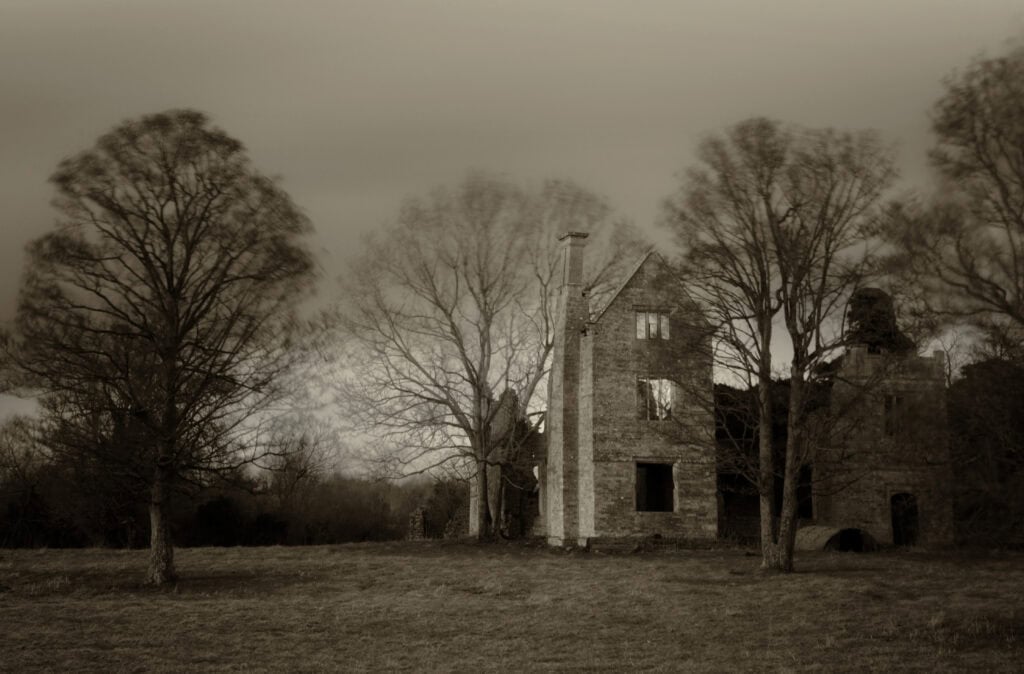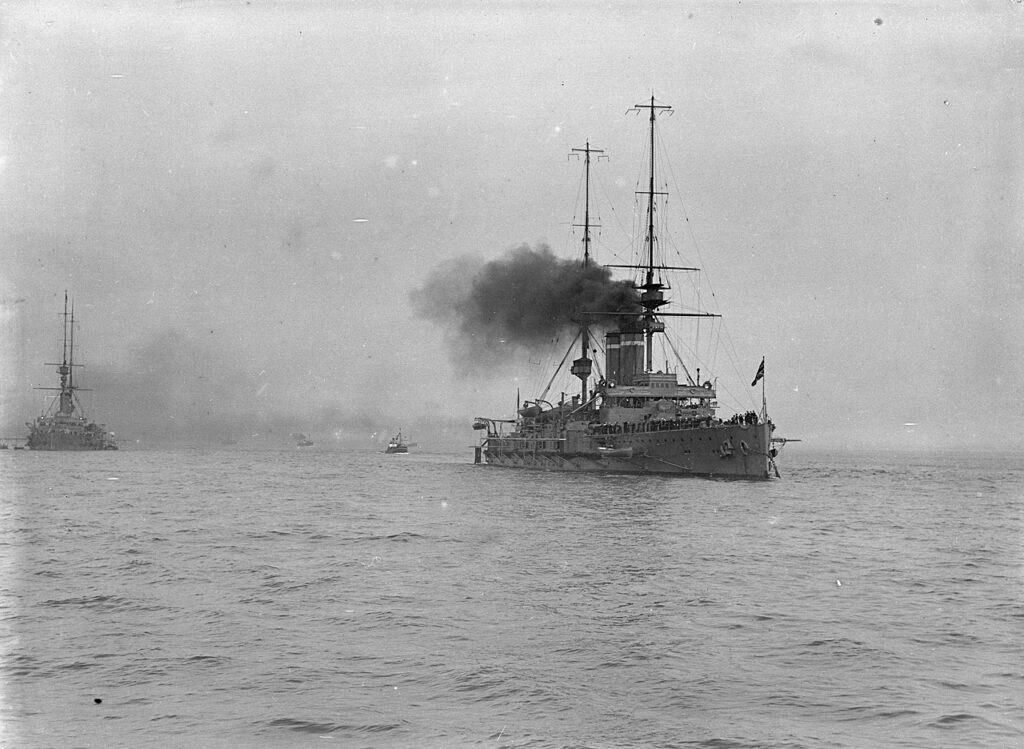The gelatin dry plate, introduced in the 1870s, was a major milestone in photographic history. Unlike the wet collodion process, which required plates to be sensitized, exposed, and developed while still wet, dry plates were factory-prepared and could be stored for months before and after exposure.
Each dry plate consisted of a sheet of glass coated with a light-sensitive gelatin emulsion of silver halides. This made photography far more practical as exposures were dramatically shorter and cameras became more portable.
Development

The gelatin dry plate emerged in the 1870s as a solution to the limitations of the wet collodion process, which demanded swift preparation and immediate development. In 1871, English physician Richard Leach Maddox proposed using a gelatin emulsion of silver bromide on glass as a more stable light-sensitive coating.
His idea was refined over the next decade by inventors such as Charles Bennett, who in 1878 discovered that heating the emulsion increased its sensitivity, making much shorter exposures possible. For the first time, photographers could purchase factory-prepared plates that remained sensitive for months, eliminating the need to carry portable darkrooms into the field.
Printing
A variety of printing processes became available during the dry plate era, which are summarised in the table below.
| Medium | Description | Main Use | Pros | Cons |
| Gelatin Silver Print (developing-out paper, DOP) 1885 | Paper coated with gelatin-silver emulsion; image developed chemically after exposure. | Became the standard black-and-white print medium from 1890s into the 20th century. | Sharp detail, good contrast; relatively stable when well-processed; widely available. | Early versions had cold, blue-black tone (less warm than albumen/ platinum); could still fade if poorly fixed. |
| Platinum Print ca. 1873 | Paper sensitized with iron salts and platinum; image formed from platinum metal. | Favoured by Pictorialists, fine-art and portrait work. | Rich, subtle tonal range; extremely permanent; matte, velvety surface. | Expensive materials; long exposures; process nearly died out during WWI (platinum shortage). |
| Carbon Print Popularised 1860s | Pigmented gelatin tissue exposed with a negative, then transferred to final support. | Artistic photography; high-quality archival prints. | Permanent image (carbon pigment); wide tonal control; multiple colour options. | Laborious multi-step process; not for rapid commercial use. |
| Gum Bichromate Print 1890s | Paper coated with gum arabic, pigment, and dichromate; exposed and developed by washing away unhardened gum. | Pictorialist, painterly effects; art photography. | Painterly, flexible, could layer colours; strong artistic control. | Low detail compared to silver; very slow, contact printing only. |
| Photogravure 1879 | Intaglio printing: gelatin resist and etched copper plate inked and pressed on paper. | High-end art books; Pictorialist works; fine reproductions. | Rich continuous tones; luxurious, permanent prints. | Complex, expensive, required printing press. |
Camera Design
Camera design began to shift dramatically in response to the introduction of the gelatin dry plate. Earlier wet-plate photography had tied cameras to bulky tripods and portable darkrooms, but the new plates, which were sensitive, durable, and ready-made, freed photographers from those constraints.
The 1870s saw the refinement of the folding field camera, with bellows for portability and interchangeable lenses for versatility. Lighter wooden bodies, and more precise shutters made cameras easier to transport and quicker to operate. With reduced exposure times, photographers could capture instantaneous images of movement, street scenes, and everyday life far more easily.

The gelatin dry plate era bridged the gap between the era of handcrafted photography and the age of mass production, paving the way for the roll film and snapshots of the late nineteenth century.
For more on early photography you might consider these articles, which also be found on this site: